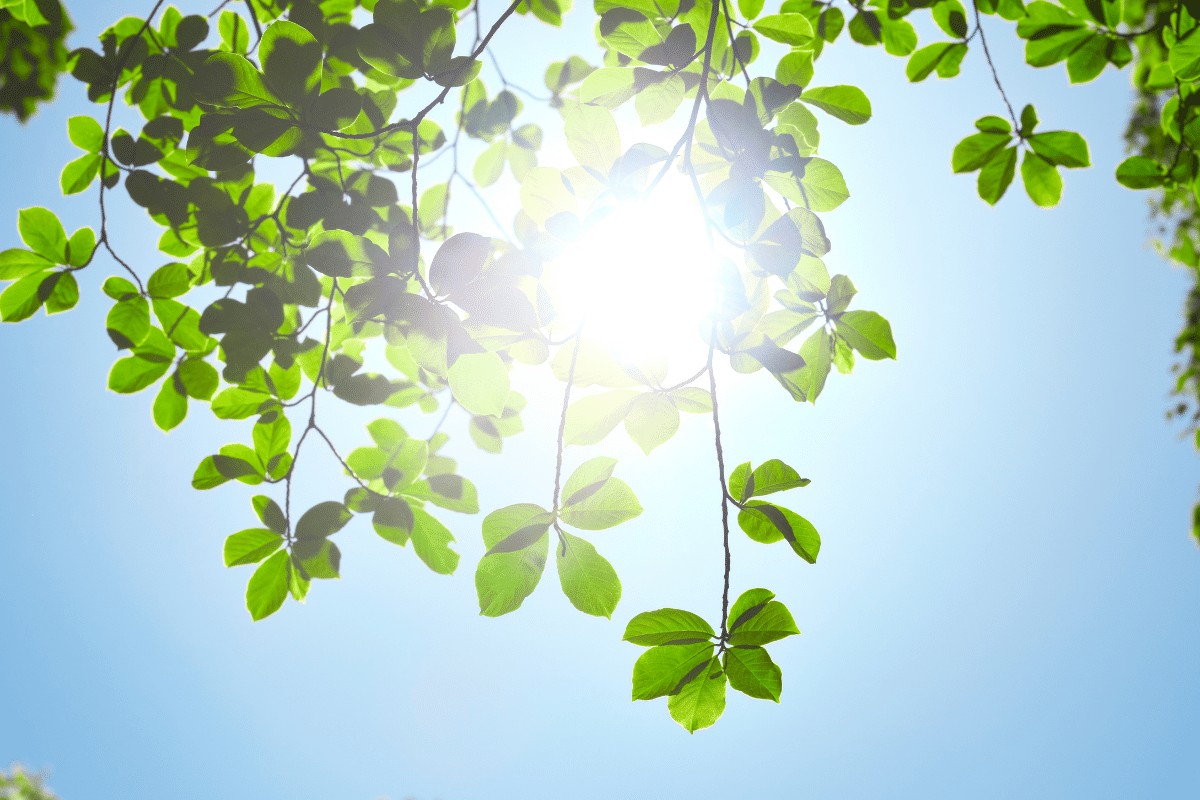Any avid gardener wants to give their plants the best chance to produce beautiful flowers or a bountiful yield of food.
Hydroponics is helpful because it saves space, mess and helps plants grow bigger and faster.
But the setup is trickier for those without any experience. One of the questions I looked up when starting was: Do hydroponics need full sun to grow well?
Hydroponic plants don’t need full sunlight to grow well, but it does need some light. If there’s enough natural light in the room where you keep the plants, it’ll grow fine on its own. If not, use a grow light to help provide the needed rays, although most premade systems will include a grow light.
Let’s clear up any confusion around this topic by looking at lighting requirements for hydroponics.

Table of Contents
Does Hydroponics Need Sunlight?
Sunlight is the ideal source of light for plants, but we know plants do well all the time without it.
Think about all the plants we keep on our windowsill or in a greenhouse.
They don’t get full sun. Some plants do even better without being in direct sunlight.
With indoor plants, especially in a hydroponic system, it’s easy to see why people would think it needs more sunshine.
After all, without the soil, they won’t get as many nutrients, right?
Wrong. Hydroponic systems provide more nutrients directly and more efficiently than soil growing.
It’s part of the reason hydroponically grown plants tend to grow faster and bigger!
They actually survive better than outdoor plants in less light.
Still, they need some kind of light to grow, and we’ll talk about this in the next section.
Hydroponic Lighting Requirements
Light is needed for photosynthesis, but it doesn’t have to be sunlight. Plants transform any visible light into energy as part of this process.
LED lights are a common choice for hydroponics, and while any LED will work, it’s best to stick with ones specifically made for growing plants.
Photosynthesis occurs with light in the 495-570 nanometers wavelength of light (thus the green of chlorophyll) and LED specific grow lights make the most of this range.
General LED lights don’t care; they’ll light up with the whole 390-700 nanometer spectrum.
Incandescent and HID bulbs are also an option, but it’s much less common.
If you buy a premade system, it’ll come with the LED lights in most cases, though these are more expensive.
Check out our hydroponic cost breakdown for more information.
The exact amount of light required for your plants depends on your specific plant, and it should mirror what the plant prefers outdoors.
If the plant does best with only a few hours of direct sunlight, only give it a few hours of direct indoor LED grow lighting.
If the plant does best with 14 hours of sunlight, give it 14 hours of indoor LED lighting.
Here’s a good rule of thumb if you’re not sure what your plant needs:
Give your plants 12 hours of special grow lights or time sitting in the sunshine and 12 hours of darkness for best growth.
If you have a lot of windows, you may be able to get away with keeping the plants in the sunlight from the window. It’ll still absorb enough light this way.
8 Tips For A Better Hydroponic Yield
Here are some other tips to keep in mind to help you get a better yield from your hydroponic plants:
- Make sure the pH and EC of the water are always in balance.
- Never let the water run out.
- Keep the water oxygenated by adding an air pump to put bubbles into the water.
- Never oversaturate the nutrients in the water.
- Check your container has enough room for the plants and roots to grow big enough.
- Always leave 1/4-1/2″ inches of space between the root crown and the top of the water.
- Refill the water with plain spring water when it’s halfway empty (the first time).
- After one half refill, replace the water completely with a new hydroponic solution.

